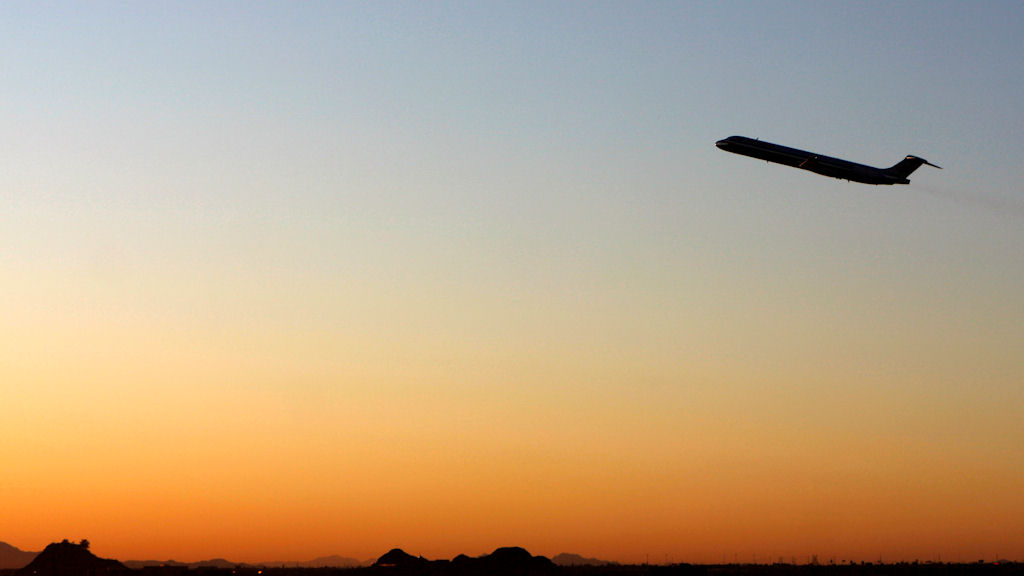2012 ‘safest-ever year’ for air travel
2012 has been the safest ever year for air travel, according to new figures from flight advisory service Ascend.

The number of fatal crashes in 2012 and the number of people killed in those crashes fell sharply compared with 2011. And the fatal accident rate of one per 2.5 million flights made 2012 the safest year on record and almost twice as safe as 2011, the report by Ascend found.
The figures showed there were 15 plane crashes involving deaths in 2012 compared with 25 last year. The number of people killed in fatal accident crashes this year was 362 compared with 403 last year. Nearly three-quarters of the deaths came in two incidents this year.
Fatal crashes in 2012
A total of 127 people were killed when a Bhoja Air Boeing 737 crashed near Islamabad airport in Pakistan on 20 April.
Then on 6 June, a total of 153 people, plus 10 on the ground, died when a DANA Air plane crashed on approach to Lagos airport in Nigeria.
Ascend said the passenger death rate for the last five years was about one per 6.1 million passengers carried, while for the period 2000 to 2009 the rate was one per 3.7 million and for the 1990s it was one per 1.8 million.
Insurance claims for loss of airliners in 2012 are around $980m (about £612m) – the lowest level since 1991.
Paul Hayes, head of safety at Ascend, said: “2012 does not represent a new norm for the world airlines.
“Nonetheless, airline fatal accident rates have been steadily improving and on average, operations are now twice as safe as they were 15 years ago. About 335 fewer passengers and crew were killed each year in the last decade than during the 1990s.”
Plane-crash experiment
In April, dozens of cameras recorded a Boeing 727 passenger jet being deliberately crash-landed in a remote Mexican desert as part of a scientific experiment shown on Channel 4.
The project aimed to recreate a serious, but survivable, passenger jet crash landing with a real aircraft in order to allow an international team of experts to study ways of increasing passenger survivability and evaluating new “black box” crash-recording technology.